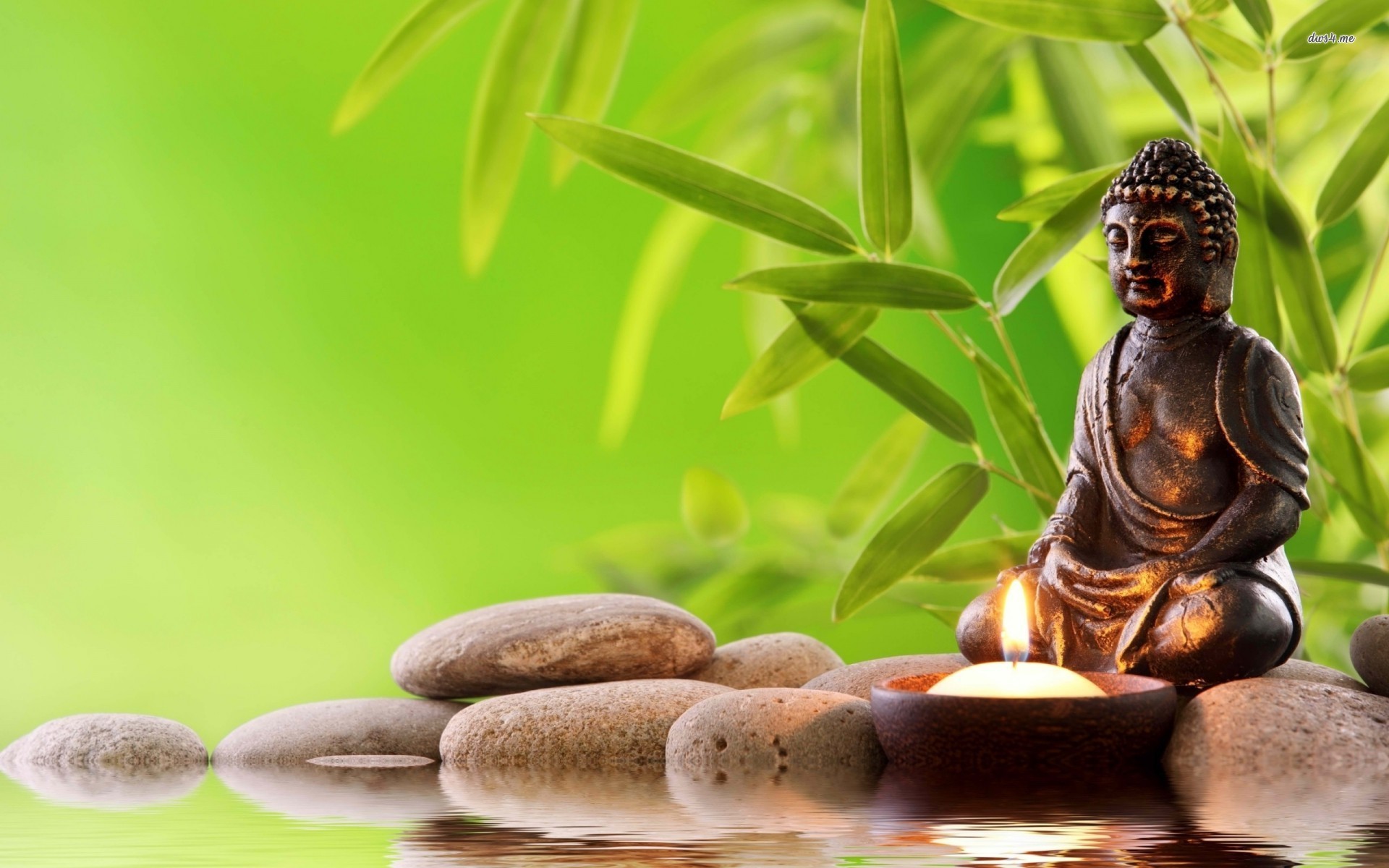 |
| Sakura Blooms in Japan |
Japan ~ Land of the Rising Sun; we all are pretty familiar with that phrase, right!! I can say when I hear people talk about Japan, I immediately tend to associate it with sushi, oh those oh so gorgeous "Sakuras" or cherry blossoms and then, there are just lots and lots of people. But let's look at Japan through a different lens today....let's get to the nitty gritty of its religious teachings and practices and how these things came about to be.
Early Japanese society was organized by clans. The clans were unified within a sort of confederacy with their being an 'Emperor'. Upon the passing of the 'Emperor', the courts would be moved to a new location and a new palace would be constructed to house the new successor. This practice was probably derived from the traditional religious rites of purification. The Japanese borrowed the Chinese style grid patterns of streets along with adopting the Chinese system of writing , hence the keeping of written records. This knowledge blew my mind as I always thought the Japanese were far too superior and way too smarter 😐😐 Anyhow, this already goes on to solidify the fact there was a great deal of Chinese influence already in existence in Japan.
Though most of the Japanese people practice Shinto- which is very much connected with nature worship and also the belief in traditional souls of the ancient Japanese, Buddhism was slowly creeping up onto the scene. Let's just say Chinese Buddhism was strictly transplanted onto Japanese soil. (Bresnan 486)
In 805 CE, a Japanese monk named Saicho was received at the courts by the Shogun- a hereditary post that controlled military power. Saicho was now ready to weave together the various strands of Buddhism along with some aspects of Shinto to create a new wave of Buddhism, called Tendai (the Japanese rendering of the name of the Chinese Monastery, Tiantai.) While the power and prestige of Tendai Buddhism grew rapidly, a rival school of Buddhism called Shingon Buddhism emerged.
It was during the time of the Kamakura Shogunate that Japan was nearly invaded and conquered by the huge Mongol armies of Kublai Khan. Luckily, with the fortunate timing of a typhoon, Japan was able to beat back the invasion and survive. "Naturally, the Japanese interpreted the typhoon as a heaven-sent answer to their prayers; it was kami-kaze, a "divine wind." (Bresnan 488)
What this led to, though, is the formation of three new schools of Buddhism; Nichiren Buddhism, Pure Land Buddhism and Zen Buddhism. Closest to the traditional Tendai Buddhism was Nicheran Buddhism, named after the monk who began the movement in the thirteenth century. At odds with the usually tolerant attitude of Buddhism, he argued that all other Buddhist sects were heretical: he alone held the key to the truth of Buddha's teachings.
 |
| Buddha in its natural state of meditation |
Bresnan, Patrick. Awakening: An Introduction to the History of Eastern Thought. Routledge, 2022.
Cartwright, Mark. “The Mongol Invasions of Japan, 1274 & 1281 CE.” World History Encyclopedia, World History Encyclopedia, 1 May 2022, https://www.worldhistory.org/article/1415/the-mongol-invasions-of-japan-1274--1281-ce/.
“Japanese Zen.” Wikipedia, Wikimedia Foundation, 5 Feb. 2022, https://en.wikipedia.org/wiki/Japanese_Zen.
Mongols: Invasions of Japan 1274 and 1281 Documentary - Youtube. https://www.youtube.com/watch?v=7FxBjEbEPX0.
“PC Wallpapers HD 1080p (59+ Images).” (59+ Images), https://getwallpapers.com/collection/pc-wallpapers-hd-1080p.
“Sakura.” Encyclopedia of Japan, https://doyouknowjapan.com/sakura/.

No comments:
Post a Comment